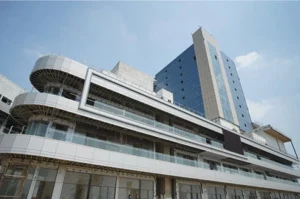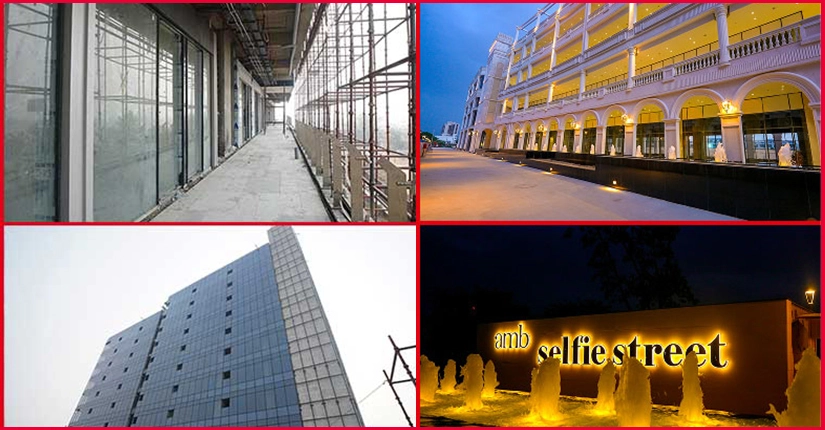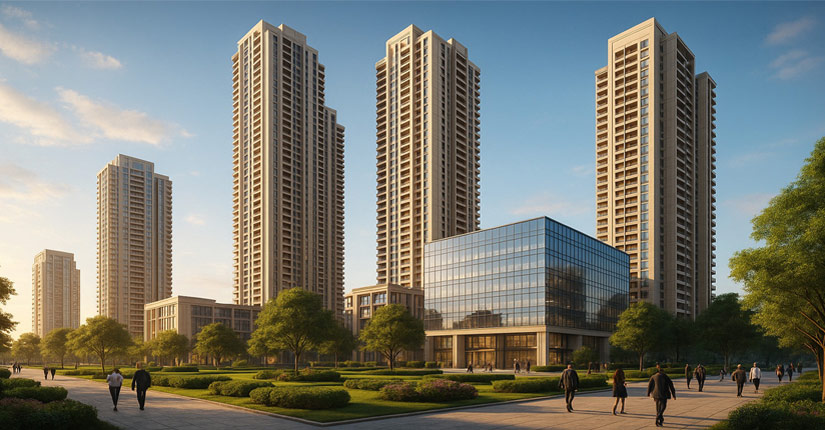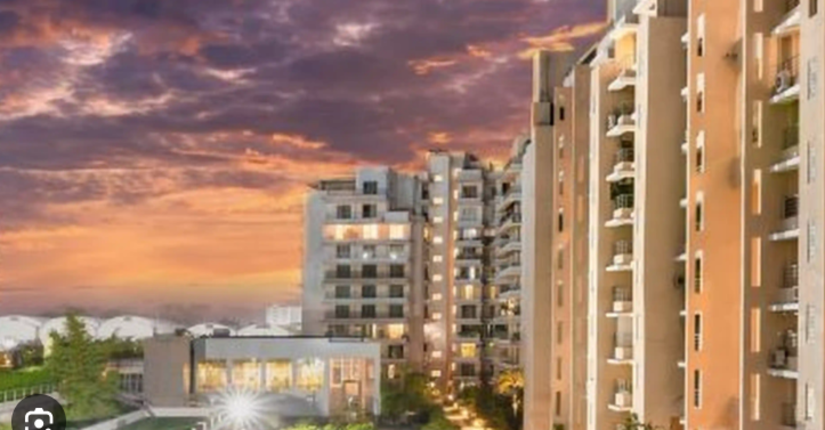In today’s dynamic consumer environment, food courts have evolved far beyond being mere convenient food stops. They have transformed into robust value generators in commercial real estate, acting as strategic assets that combine culinary diversity, high foot traffic, stable income, and adaptability. These vibrant spaces are becoming essential elements in malls, airports, and mixed-use complexes—and for good reason.
A prime example is AMB Group’s flagship commercial project, AMB Selfie Street in Gurugram, which is drawing attention from renowned brands. The latest entrant, Nathu’s Sweets, one of India’s most trusted food brands, is opening a new outlet at Selfie Street’s food court. This development is more than a lease—it’s a testament to the confidence big brands place in modern, footfall-heavy food court formats.
Let’s explore why food courts, especially those in high-potential developments by firms like AMB Group, are emerging as one of the most attractive investments in commercial real estate.
1. Anchors of Experience-Centric Destinations
The modern consumer wants more than just a transaction—they crave experiences. Food courts now anchor experience-driven destinations where people come not just to eat, but to gather, relax, and connect. According to a LinkedIn study, “Shift Toward Experience-Based Retail—dining plays a pivotal role… food courts are becoming the new anchors of footfall.”
These spaces attract a mix of demographics—families, couples, professionals, and friends—making them vibrant community hubs. AMB Group understands this trend and actively incorporates food courts into its commercial properties to boost visitor engagement, tenant retention, and overall dwell time.
2. Stability Built-In: Long Leases & Corporate Tenants
One of the key strengths of food courts is their leasing structure. Tenants are typically quick service restaurants (QSRs) or branded outlets that prefer long-term leases (typically 7–10 years). They invest significantly in fit-outs, branding, and kitchen infrastructure, making them highly committed.
As LinkedIn notes, “Corporate tenants prefer long-term leases due to their high CAPEX… providing predictable rental yields.” In AMB Group projects, this leasing approach ensures financial stability for investors, with guaranteed rental income over extended periods.
3. High Footfall, High Viability
Unlike standalone restaurants, food courts benefit from “captive traffic.” Located within retail hubs, airports, or commercial zones, they naturally draw large crowds. This ensures consistently high turnover potential.
In the U.S., food halls generate over $4 billion annually, and nearly 150 new ones are under development. This trend is mirrored in India, especially in projects like AMB Selfie Walk and AMB Selfie Street, which are positioned in high-density zones and receive heavy daily footfall.

4. Low Maintenance, High Liquidity
Food court units are compact, standardized (usually 50–500 sq. ft), and efficient. Investors benefit from low overheads as tenants manage their own operations, utilities, and hygiene. Additionally, such properties often get pre-leased, meaning income starts flowing right at possession.
The plug-and-play format also aids in easy resale. AMB Group’s food courts, designed with optimal unit sizes, cater perfectly to this efficient, low-maintenance investment model.
5. Rental Income Diversification
With multiple tenants sharing the space, investors aren’t dependent on a single outlet. If one underperforms, others still generate revenue, mitigating risk. In mixed-use buildings, food courts ensure steady foot traffic that spills into retail shops, entertainment areas, and even office zones.
AMB Group’s commercial ecosystems leverage this cross-traffic model. Whether it’s AMB Selfie Square or Selfie Street, the multi-tenant strategy enhances income stability and tenant synergy.

6. Boosts Property Value & Surrounding Leases
Food courts act as property magnets. They pull crowds, increase visibility, and drive leasing momentum for nearby units. As per TouchBistro, developers use food halls to “anchor the ground floor of their buildings… drive more leases and, in turn, more money.”
The presence of iconic outlets like Nathu’s Sweets at AMB Selfie Street further raises the prestige of the development. Such brands increase both foot traffic and tenant interest, improving capital appreciation for early investors.
7. Evolving with Consumer Trends
Food courts are no longer just about fast food chains. They now reflect evolving consumer preferences—offering gourmet meals, fusion cuisines, artisanal coffee, local brands, and even themed pop-ups. Live counters, community tables, music nights, and shared seating formats enhance the experience.
AMB Group encourages a curated mix of traditional favorites and trendy newcomers, keeping vendor rosters fresh and customer interest high. Their commercial spaces are built for long-term cultural relevance.
8. Recession-Resilient Industry
Eating out may get leaner during recessions, but it rarely disappears. People may skip expensive restaurants but still opt for affordable meals and snacks. Food courts—offering low- to mid-range dining options—are perfectly positioned to cater to this need.
AMB’s mixed-use models are particularly resilient during economic downturns. They combine food courts, retail, and services that continue attracting daily footfall even when discretionary spending dips.
9. Entry-Level Ticket Sizes for New Investors
Food court units provide a low-barrier entry into commercial real estate, with investment options starting as low as ₹25–50 lakhs. These units generate yields similar to larger commercial spaces, making them perfect for first-time investors testing the waters.
With AMB Group’s reputation for timely delivery, smart locations, and lease-ready assets, investors can start small and scale up confidently.
10. Expansion into Tier 2 Cities & Suburbs
The food court wave is no longer confined to metros. With work-from-home trends and rising suburban infrastructure, smaller cities and outer zones are experiencing commercial growth.
AMB Group is tapping into these underpenetrated zones with smart, well-connected developments that feature integrated food courts. These projects cater to rising demand from both consumers and brands.
Final Thought
Food courts are no longer optional add-ons—they’re strategic investments. With rising consumer demand, stable tenants, efficient operations, and diversification benefits, food courts offer compelling long-term value.
AMB Group, with projects like AMB Selfie Street, is leading the transformation by creating future-ready food court spaces where footfall meets functionality. With renowned brands like Nathu’s Sweets joining the mix, the opportunity for investors has never been stronger.
In short, investing in a food court isn’t just buying property—it’s buying into India’s next great commercial success story.




